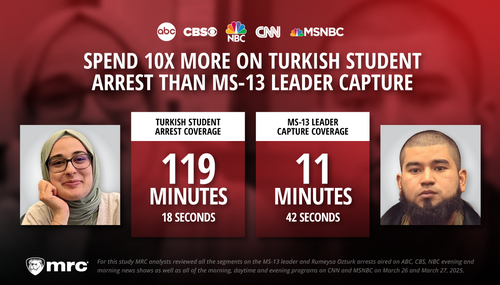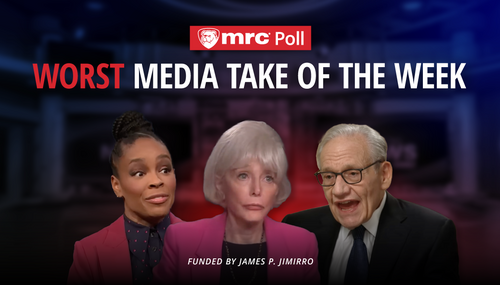According to a Bloomberg analysis, Amazon’s same-day delivery service often excludes black neighborhoods and calls into question whether or not Amazon should consider race when providing elite Amazon Prime delivery.
If you heard about this story, chances are you read it in USA Today or The Boston Globe, or even the Christian Science Monitor site, which harshly asked “Is Amazon same-day delivery service racist?” But not The Washington Post. Why not the Post? Well, consider the paper is now owned by Jeffrey P. Bezos, who also happens to be Amazon’s chief executive.
But on April 15, the Post found space in the A-section for a review of Amazon’s new Kindle Oasis e-reader by Hayley Tsukuyama, with the print headline "Amazon's high-end e-reader puts a leather cover on a paperback."
Amazon.com's Kindle Oasis, released Wednesday, has a $290 price tag - and, at least to me, offers some interesting cues about how the company's hardware strategy has evolved.
Amazon justifies Oasis's price tag by noting its high-end industrial design and the leather charging case, which doubles as an extra battery. It's the luxury level of the e-reader, the digital equivalent of the leather-bound, hardcover edition of a book that you could buy in paperback for $5. It's up for preorder now and is set to ship in "coming weeks." Amazon's product page says it should be out April 27.
The Bloomberg analysis of U.S. Census Bureau data found some neighborhoods just didn't get the benefit of Amazon's top-speed delivery. As the Christian Science Monitor explained:
In New York, for example, the service excludes the Bronx which is mostly inhabited by black and Hispanic residents. In Atlanta, same-day deliver covers half of the northern area, which is predominantly white, and leaves out the southern part of the city that has a predominant black population. In Boston, the neighborhood of Roxbury, has no service but is bordered on all sides by same-day-delivery zones. Roxbury is predominantly a black neighborhood with 62.29 African Americans, 15.83 percent Caucasians, and 1.92 percent Asians, according to Areavibes.com.
USA Today reported that in many ways, Amazon is only following the long-standing demographics in the United States that came out of the National Housing Act of 1934: “That Act created the Federal Housing Administration and was meant to make home buying easier and more affordable — but generally excluded African-Americans from getting mortgages, thereby cutting them out of many more affluent neighborhoods, especially after World War II.”
Of course, you wouldn’t have known any of this if you read The Washington Post. Again, they underline how they can be suspected of being slow to report negatively on Amazon.






